REVIEW: Fairview at Canadian Stage/Obsidian Theatre
Waiting for the show to start at Canadian Stage and Obsidian Theatre’s production of Jackie Sibblies Drury’s Pulitzer Prize-winning Fairview, one can hear the Fresh Prince theme song over the sound system. It’s a comforting, nostalgic song to many who grew up in the ‘90s, the backbone of a sitcom starring an upper-middle-class Black family tasked with keeping a nephew out of trouble.
Designer Jawon Kang’s set for Tawiah M’Carthy’s production looks like something out of a sitcom, too, a white-walled space with open, modern design, featuring a living and dining room bordered on one side by a door to a hidden kitchen, seemingly in its own pocket dimension (characters in the kitchen never seem to respond to those onstage). A grand, transparent staircase leads up to Grandma’s room on the other side of the stage.
On first look, the Frasiers also seem like typical characters from these supposedly aspirational Black family sitcoms: mother Beverly (Ordena Stephens-Thompson), nervous and uptight, frantically peels carrots as she tries to make sure Grandma’s birthday dinner comes out just right, while her husband, charming Dayton (Peter N. Bailey), plays the forgetful-but-doting spouse, begging Beverly’s indulgence with a beer bottle clasped in his praying hands.
Beverly’s sister Jasmine (Sophia Walker) is a pot-stirrer with endless opinions and a dairy-free diet, her brother Tyrone might miss the dinner entirely due to prioritizing his law firm over an earlier flight, and her daughter Keisha (Chelsea Russell) is a high-achieving high school student who longs for some freedom before college. The deteriorating state of dinner, the joyful and coordinated family dances (by choreographer Pulga Muchochoma), and the snappy but slightly canned dialogue appear as though designed around a laugh track.
And yet, from the opening of the show, when the family’s sound system briefly cuts out and the lights flicker (sound design by Miquelon Rodriguez and lighting design by Logan Cracknell), we get the impression that something is not quite as it seems. When that impression is finally confirmed, the play goes from an appealing, serviceable sitcom, to a scathing social commentary about the way American media consumes and twists race and culture for entertainment.
“What are you looking at?” asks Beverly in the first line of the play. The comment is spoken out to the audience behind the “fourth wall” of an invisible mirror. Though Dayton stands behind her and answers, the line’s actual direction feels in question. It’s a line that becomes more and more interrogative and accusing as the play progresses through different stages, repeating its opening sequence before continuing the Frasiers’ evening with some decidedly uninvited guests. Another clue to the play’s true goal lies in Beverly’s insistence to Jasmine that the dramatic but neatly resolved family movie plots we so often see don’t happen to real people.
There is so much to say about Fairview’s deconstruction of the white gaze and its impact on the people it observes, yet it’s almost impossible to discuss without spoiling, and therefore deflating the impact of its structural intricacies and idiosyncrasies, tonal and conceptual shifts, and small amount of brief, charged audience participation. It’s a play designed to spark discussion and controversy, and it’s almost certain to succeed in doing both, unless the conflict-averse nature of the Canadian theatre audience (this reviewer included) wins out.
In our replay of the opening scene, we hear a collective of entitled white viewers (Sascha Cole, Colin A. Doyle, Jennifer Dzialoszynski, Jeff Lillico) having an uncomfortable discussion over the silenced Frasiers, who are still performing their lives. The discussion suddenly shifts their actions into another light as the Black characters begin to lose agency. The lighting design doesn’t quite keep up with the new light in which we see the action; seeing as this is a massive break in Drury’s concept, I wanted bolder design choices from M’Carthy’s production, more of a match to that opening moment where something felt distinctly eerie. While the broadcasted conversation flies fast and furious, the lighting on the new voices feels tentative, somewhere between seen and unseen.
When the events pick up from where they left off at the end of the first section, our initial concept of the play’s events further collapses, staggering under the weight of intrusions and some truly impressive and excessive prop food. The actors manage these tonal shifts with aplomb; a play this complicated only works thanks to the conscientiousness and complete commitment of the cast.
A standout is Russell as Keisha, the youngest family member; still forming her identity, she is the only Frasier to truly understand that something feels off about how their story is being told. Her character also attempts to break free from the pattern, breaking the fourth wall in the first section to monologue about her dreams and limitations, and breaking it with a metaphorical sledgehammer later on to interrogate these limitations. In one of her first lines, she sharply observes, about her time on a school team, that she feels she’s spending her life “waiting for punishment”; when that line’s implications come home to roost later on, she’s a luminous ball of rage.
As Drury twists the play, she twists the knife into its audience. At the same time, though, the sense of anger gives way to plaintive confusion and loss over the complexity of the problem and the impossibility of solving it. Folded into this is the idea that it’s a privilege to even be able to know what you want in a world where you’ve never been given space to consider your own needs.
“Let them see me,” the Frasiers repeat in unison, dancing through a recollection of Grandma’s legendary moves. What does it mean to be seen, exactly? asks Drury’s play. Can you really be seen for what you are if such a fundamental disconnect exists between you and your audience? And what might it mean to not have to be seen by that audience at all?
Regardless of the difficulty of finding those answers, this is a play that can, and should, be seen.
Fairview runs at Canadian Stage through March 4–26, 2023.

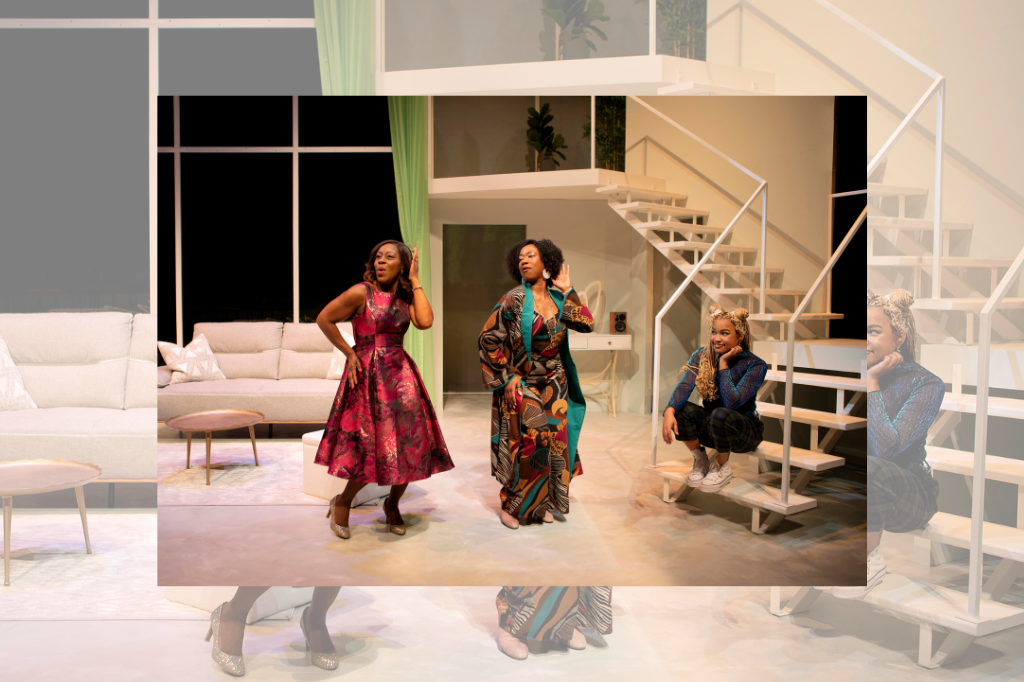

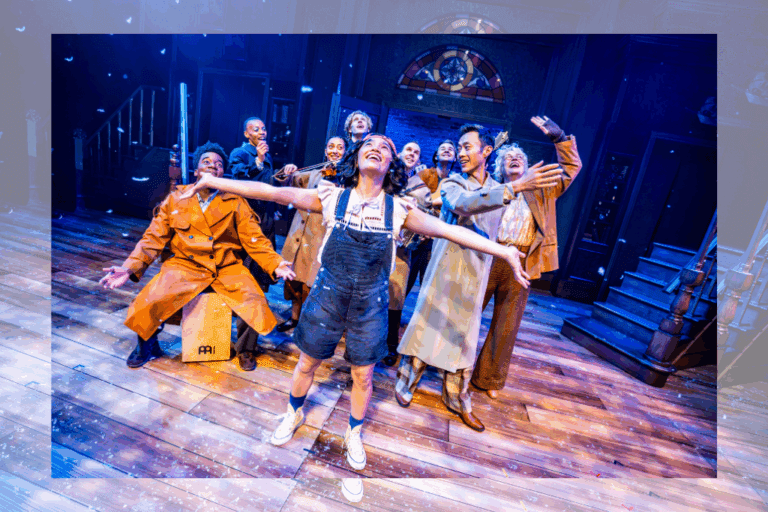

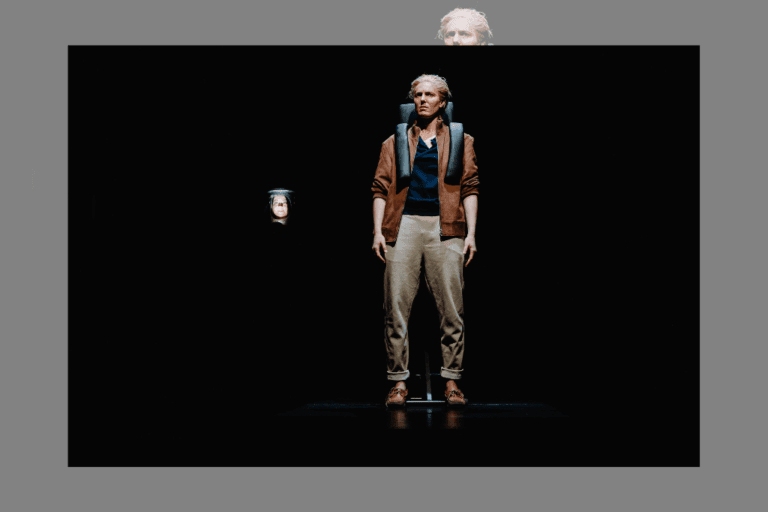

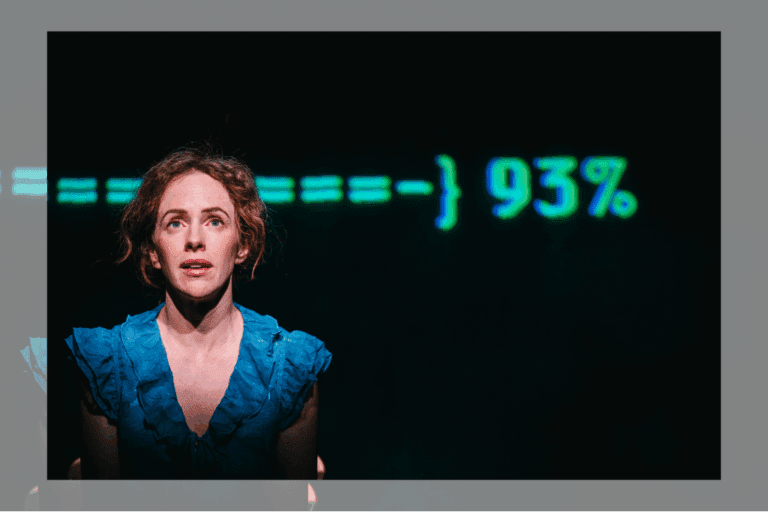

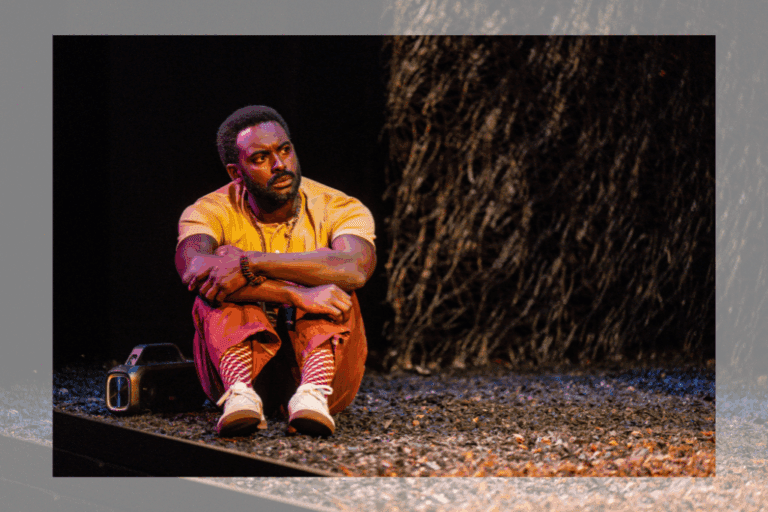

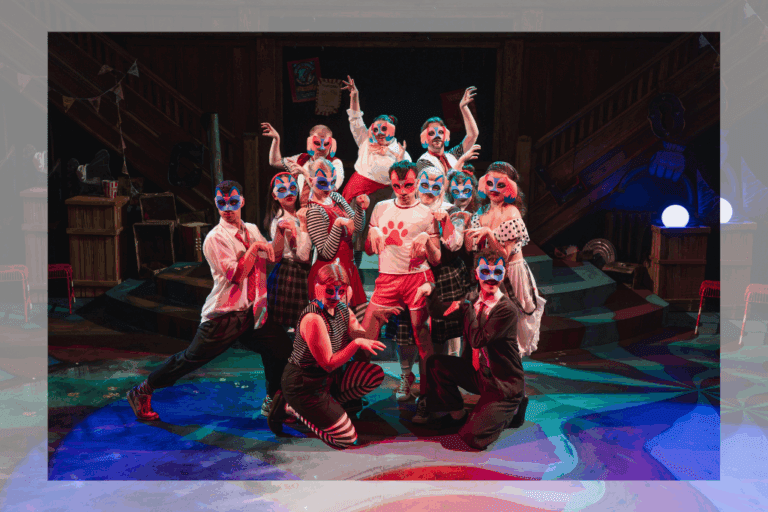

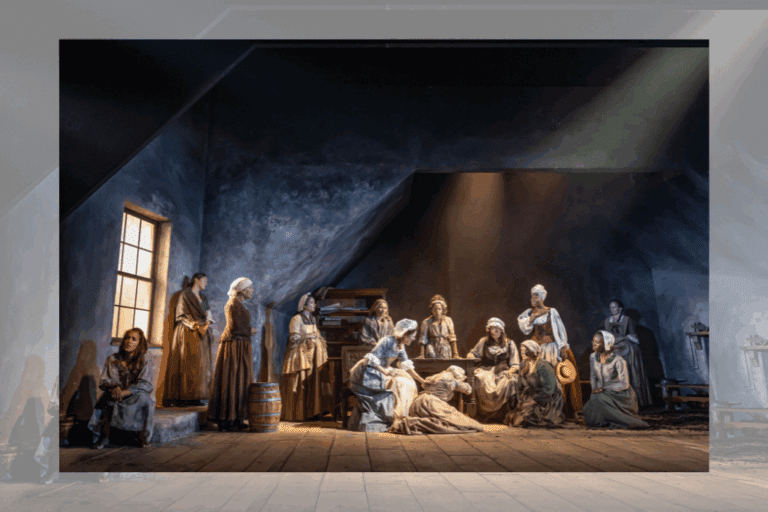
Comments